Digital 52 3️⃣1️⃣ - Reviving a Historical building, Creating a multi-purpose space for Artists and Creatives in a second-tier city: the story of cSPACE Projects.

Today's story will transport you to Calgary, a picturesque city located on the foothills of Alberta's Rocky Mountains. In the heart of this beautiful city lies an extraordinary project called cSPACE, which embodies a remarkable tale of revitalization, value creation, and community activation. Get ready to be intrigued by this captivating journey!
Integrating Culture - Positive Impact - Reviving Buildings
Read the story of cSpace on page 148 of “Around The World in 250 Coworking Spaces”.
Crafting a community-driven space from scratch is a journey that entails numerous challenges. While the starting point may vary from one project to another, once the physical space is secured, it becomes a gathering place where people can convene, learn, and find purpose. Today's story embodies all these elements and more. The space we're about to explore took several years to materialize, owing to its vast scope and grandeur. Intriguingly, it was the outcome of a collaborative effort between stakeholders from both the public and private sectors, prompted by a significant issue facing Calgary: the departure of its brightest minds. But why did they turn to the coworking model to tackle this challenge? Can it genuinely make a difference? Join us as we journey to cSPACE in Calgary to uncover the answers.
➡️ A little refresher
Who’s behind the featured space?
cSPACE Projects is a social enterprise dedicated to supporting creative communities of artists, non-profits, and entrepreneurs. To achieve this mission, our focus is to develop inspiring shared spaces, build vibrant communities, and cultivate successful creative enterprises.
Reid Henry, Founding CEO, and Deeter Schurig, current CEO collaborated together in developing the vision for what cSPACE is today.
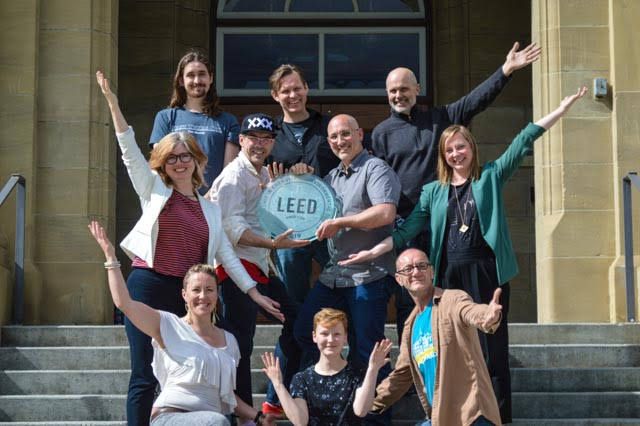
➡️ Key Figures
- Opening year: 2017
- Size when they started: 4,750 sqm
- Size today: Same size
➡️ A little tour around cSPACE
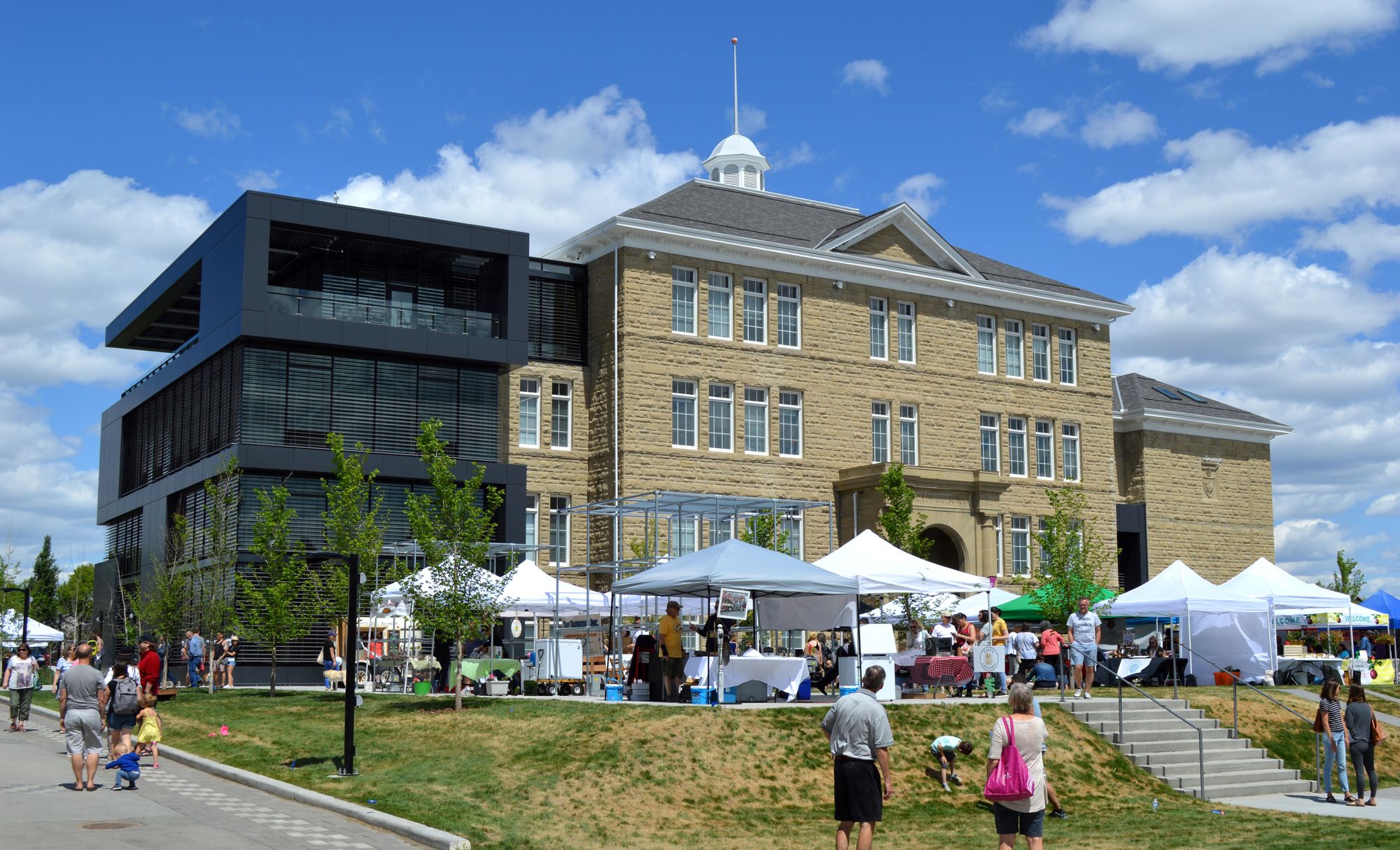
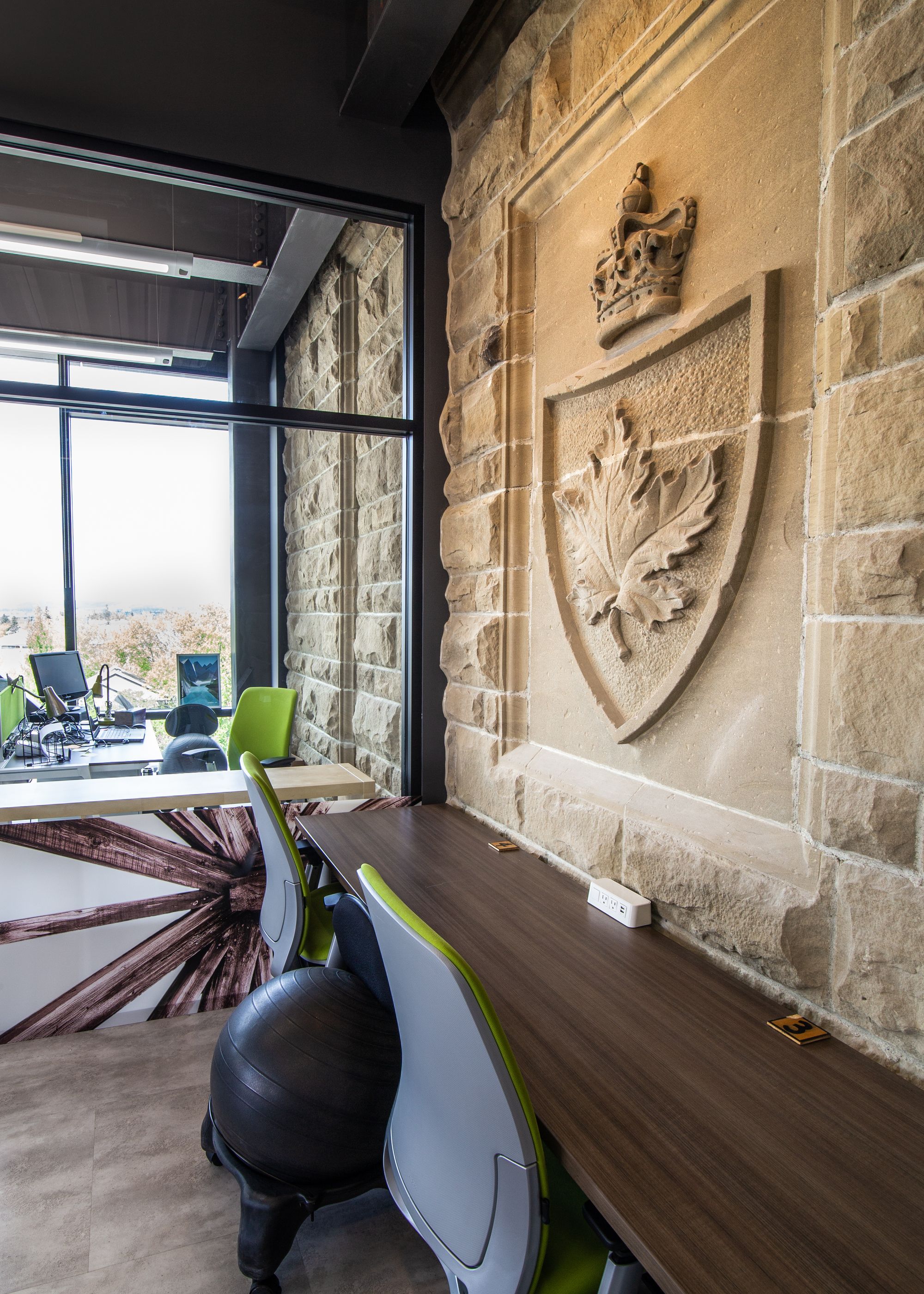


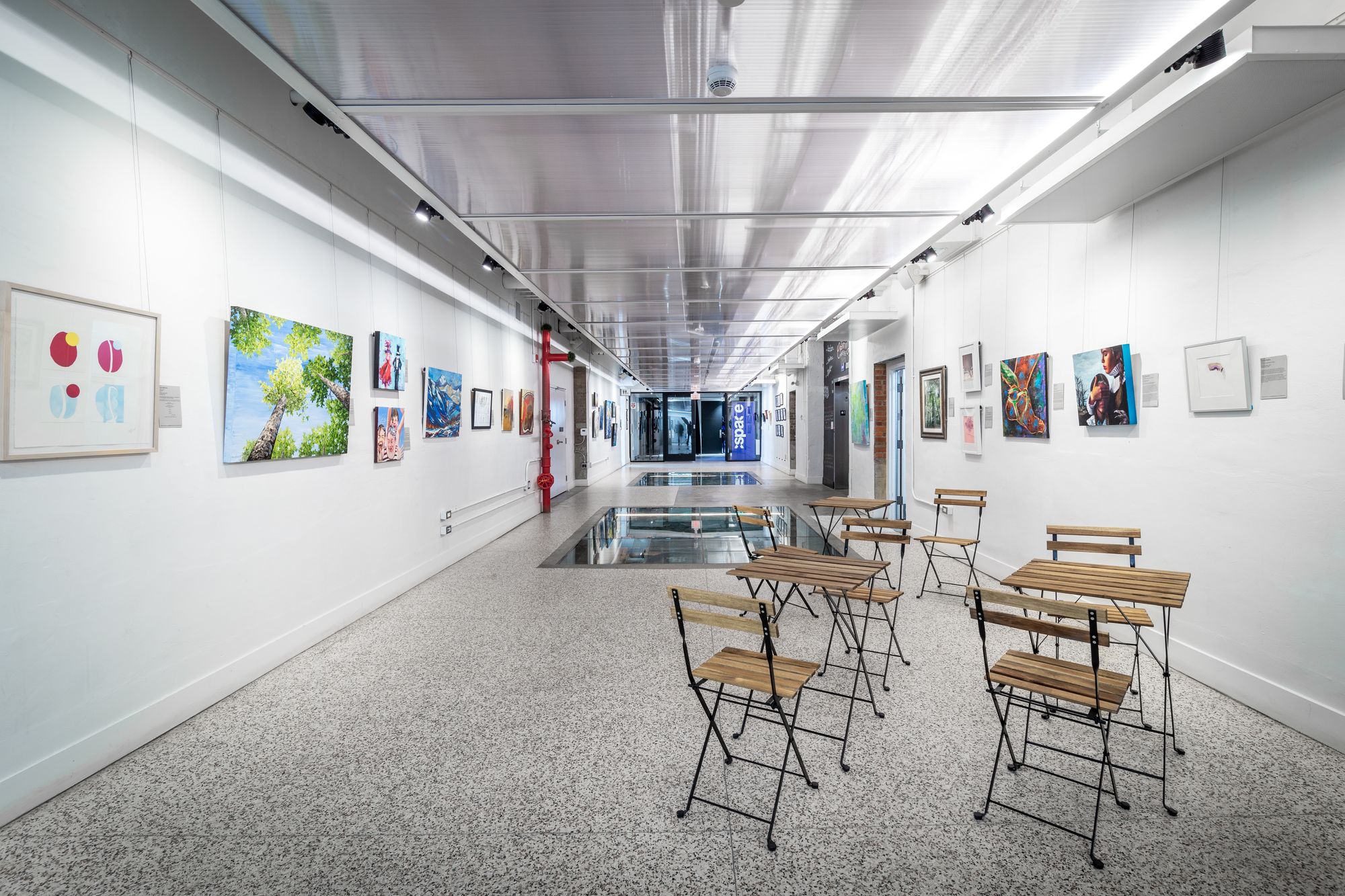
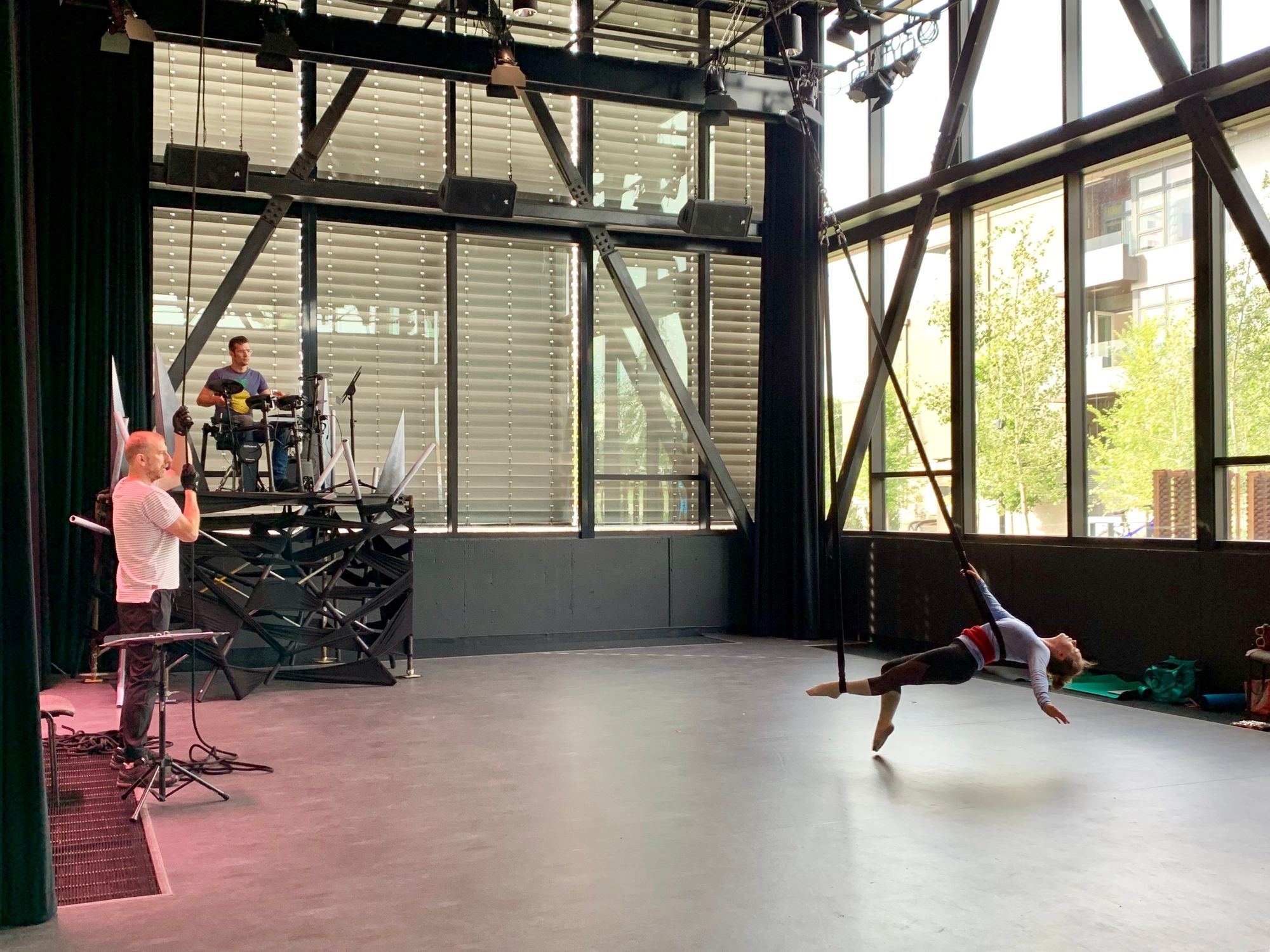
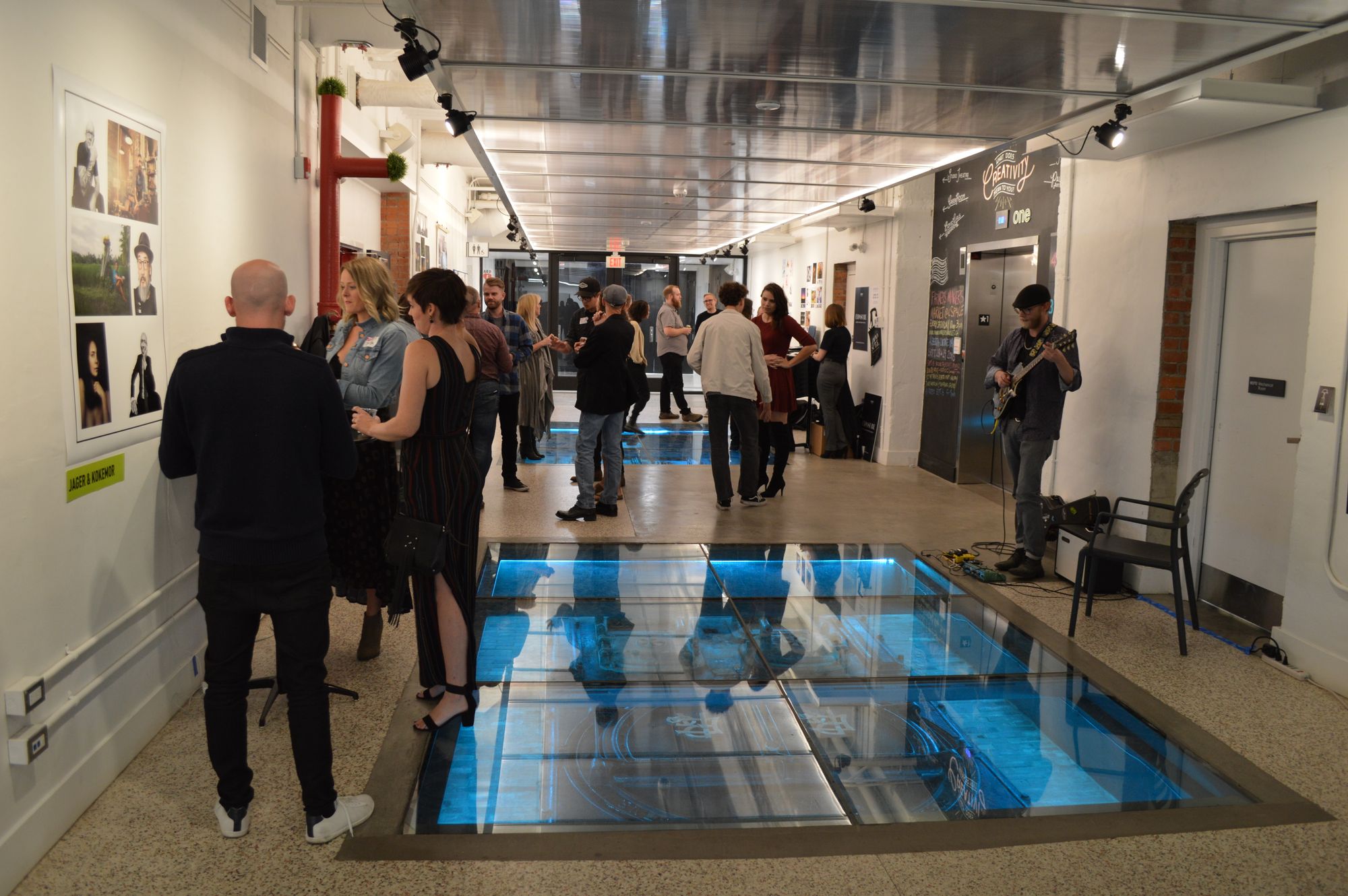
➡️ Behind-the-scenes
Things you didn't read in aw250cs
cSpace was formed to build and manage large-scale hubs across Calgary that deliver affordable space, shared resources, networking opportunities, and specialized programming for the cultural and creative sector, operated sustainably on a cost-recovery basis.
“We curate available spaces to consider the diversity and mix of members with others that are currently active. What is exciting is to anticipate potential connections and collaborations, rather than meeting a first-come first-served way of doing business.”
Looking back, I would have leaned more into finding examples of successful projects to excite further partnerships and support these projects.
Deeter Schurig, CEO of cSpace
➡️ cSpace Today
As you are now aware, cSpace has a profound commitment to bolstering the creative and artistic communities, both of which were severely impacted by the pandemic. How have things been in the space lately? How did the community manage to persevere through such a daunting challenge? We recently had a conversation with Deeter Schurig, CEO of cSpace, regarding the current state of affairs. As you are about to discover, cSpace faced the pandemic in its unique way, never losing sight of its primary objective. In addition to their existing multipurpose space, fresh opportunities emerged, allowing them to broaden their constructive influence in the community.
💫 Developing their positive impact across the city, Growing their positive impact.
Witnessing the significant impact that cSpace has had on its local community inspired the city of Calgary to contemplate a thought: what if the cSpace team could extend its activation to more spaces throughout the city? Read on to discover more.
At the core of cSpace's mission lies its unwavering commitment to aiding Creatives in securing work, enhancing their skills, and forging connections with like-minded individuals and businesses. But how can they continue to expand their constructive influence year after year? We sat down with Deeter to find out!
💬 I’d like to start by asking you: what’s new at cSpace since September 2021? (the month the book was released)
Well, in retrospect, it's been a short amount of time since we've emerged from the pandemic. Although we're still dealing with it, the economy, cultural production, and audiences have all changed.
Our story at cSpace is about emerging again as a community builder and place of gathering. However, the pandemic made anything place-based difficult due to restrictions and working from home. This has been our greatest challenge, but we've come out of that with our coworking space and creative hub in Calgary, and we've also undertaken new projects.
The city of Calgary approached us to activate a smaller hub space, which is exciting as it positions arts and culture within a revitalization story. Calgary struggles like other centers in North America and Europe with downtown vacancies, but we're pulling arts and culture into these vacant spaces with the hub we're taking.
We're also researching temporary vacant spaces and using arts and culture to go into those spaces. All these things put us fully in the ecosystem of supporting arts and culture in an interesting way while dealing with our existing hub satellite facilities.
💬 cSpace is very much focused on Creatives and Artists, why is that?
We have two shareholders: Calgary Arts Development, a Paramunicipal arts organization that grants to the arts community on behalf of the city, and the Calgary Foundation, a community organization.
Those two organizations, some 15-20 years ago, started looking at the research of talent flight. Why are our creatives leaving the city for other centers? They go to Toronto, Montreal, and Vancouver, but they don't stay in Calgary.
Identifying that if you don't provide the conditions for your artists and creatives to want to stay, they're gonna go elsewhere where the opportunities are, cSpace Projects was set up as a development and operational organization to develop creative hub spaces.
💬 How did you grow awareness about cSpace locally when you started?
In the early days, cSpace Projects’ focused on building relationships, identifying stakeholders, and connecting with the local community. The organization had five years of pre-construction work, during which they developed their theory of change, designed the project, and raised funds. Stakeholder engagement was a crucial activity during this phase, both at the city-wide level and within the local community that had an invested interest in the redevelopment of the hundred-year-old sandstone school that cSpace was transforming. The project involved the entire redevelopment of a city block and generated interest at the local level.
Currently, cSpace's proposition is to aggregate small organizations, creative entrepreneurs, and individual artists and co-locate them in a space that elevates their stories within a larger proposition. By doing so, cSpace benefits from the clients who come to visit their tenants or community programming.
Additionally, cSpace leans into community programming and partners with a farmer's market that happens every week on their site, bringing in the local community who may not have any interest in coming to an arts hub but are interested in getting their local produce.
💬 cSpace is a multipurpose space, and I wanted to ask you two things about that: (1) how did you come up with the different purposes you wanted the space to have and (2) how do you connect the dots between the different purposes you gave your space?
Looking back at what we have created, I often refer to it as an ecosystem or a coral reef. I know I talk about it a lot, maybe even too much, but I truly believe it is the best analogy for what a creative hub should be. A coral reef is a small area compared to the vastness of the ocean, but it is the source of all life. It provides the spatial conditions necessary for diverse life to thrive, with nutrient flow, shallows, and deep areas. These unique spatial qualities allow life to thrive. Our project, cSpace, located in our Marda Loop Creative Hub, was designed with this concept in mind.
We first went out to the community stakeholders to determine their needs. We knew that affordable space was a critical requirement and that there was an opportunity to co-locate and create a multi-tenant center type of building. We also knew that there was a need for small incubator spaces such as theater space. We collected all this information and then looked at what was feasible within the context of our 50,000-square-foot (5,000 sqm) building. We found classroom spaces that were around 800 square feet (80 sqm), which suited the needs of the small organizations that required smaller spaces.
We aimed to create as much diversity as possible within these physical limitations. We started with a blank slate and looked for compelling partners and anchor tenants that would represent every artistic discipline possible. We have dance companies, theater companies, literary companies, sculptors, fabric artists, textile artists, makers, and co-working spaces. The coworking space became a crucial element of our project that supports the community that may not require a large space but would like a place to work and access to shared amenities that they couldn't afford on their own.
Looking back, our project has been successful because it provides short-term, flexible, and adaptable spaces that give tenants all the benefits of signing a 10-year lease. The coral reef analogy continues to inspire us to support and nourish diverse life within our creative hub.
💬 cSpace is also the revitalization of a Historical building. What did the process of reviving such a building taught you?
Well, I believe that revitalizing heritage buildings provides an immediate connection to a more ecological way of thinking. I came to this work because of my interest in social change, and taking on this old school allowed us to reimagine how it could be reused and deliver value to the community for a longer period of time.
Therefore, it became not only about environmental sustainability and utilizing existing infrastructure but also about adaptability - how can we future-proof things and make them suitable for ongoing use?
Acquiring a hundred-year-old school with the name King Edward on it also raised questions about stewardship, as we not only have an important historical landmark within the context of the city's history but also a colonial legacy that needs to be addressed.
Given Canada's current moment of increasing awareness about our relationship with Indigenous peoples, I didn't anticipate that as a community builder who acquired a building with a colonial namesake, we are implicated in the need to lean into having that conversation and dialogue. Therefore, as a social enterprise, it's a remarkable opportunity to consider environmental stewardship, cultural and community well-being, and our role in the reconciliation story in a meaningful way.
💬 On your website, you say “We strive to ignite collaboration and community-led change”, how does having a physical space serve your mission?
I believe that having a physical space, with bricks and mortar, creates an anchor and a safe, sustainable place for relationships to grow.
As a former stage designer who worked in theatre for over a decade, I understand that while the audiences see the end product, the creative process leading up to it requires space, community, and resources to support it.
Thus, a physical space is critical for us. Over the past couple of years, amidst a time of tremendous isolation, one of the most heartwarming testimonials we received was that our tenants associated the cSpace Creative Hub with their well-being.
Despite the challenges, they felt safe to come to this space, and it contributed positively to their sense of health and well-being. I find this to be a powerful testament to the importance of a physical space in creating a supportive and nurturing environment.
💬 What would you need more of to support your mission?
I believe that cSpace is still a relatively young organization. We spent five years establishing the organization, fundraising, and undertaking a 35-million-dollar capital project. After we opened the building, we became an operational entity, and two years of that was amidst the Covid-19 pandemic. Therefore, we are still new and emergent.
To support our mission, I would like to grow into more meaningful and impactful programming for our community.
We excel at providing inspiring, affordable spaces as the first tier of what we do, and we have no vacant space. Our next goal is to create connections between our tenants and the local community, with the intent of making connections out to the broader neighborhood and city. This way, we become an asset to our community.
The third piece of our mission delivery is capacity building, knowledge sharing, and so forth. I believe that this is an area where we can grow so that we can provide more value to those creative entrepreneurs who are looking to expand their practices and develop new projects. Therefore, I see arts incubation as one of those critical elements.
💬 If you could do one thing differently in the journey of cSpace what would it be?
We've had an amazing experience. I don't want to sugarcoat it, but our journey has been wonderful. We engaged shareholders, had an impactful mission, and redeveloped a truly unique building. This created a once-in-a-lifetime opportunity for us.
However, one of the greatest challenges we faced was not having a proof of concept in place for the city when we started the project.
Looking back, I would have leaned more into finding examples of successful projects to excite further partnerships and support these projects.
Coworking spaces come in all shapes and sizes, and it may be that you're in a small and intimate 2000-square-foot space or part of a much larger endeavor. Utilizing precedents like those in your book can demonstrate what is possible and make the journey easier.
➡️ Reflections on building cSpace
💬 What has been your biggest learning out of bringing to life AND growing cSpace?
Undoubtedly, relationships are crucial. Speaking from my own background as a former scenographer in theater, followed by my architectural studies and my keen awareness of physical space, I have a passion for design and creating innovative, atmospheric places.
However, when it comes to putting on a performance or event, it is the relationships that enable it to come to fruition that matter most. While I always had an innate sense of the importance of relationships, my experience working in a creative hub on a daily basis has reinforced this. Strong relationships lie at the heart of everything and contribute to the community's resilience.
💬 What would be your best advice to someone thinking about opening a coworking space?
If someone were embarking on a path to do what we do, I believe there are inherent challenges in providing below-market, affordable space that is also well-provisioned with a high level of service, especially when dealing with numerous small clients. It involves many small transactions, so I would say it's not for the faint of heart to run a lean business. However, it can also be an exciting endeavor.
💬 If you could chat with coworking spaces now, what would you like to ask them?

💬 And if you could chat with members of coworking spaces?
So, conceptually, I see coworking as an intervention or deployment that responds to the needs of the communities they are situated in, with something that's unique and innovative. As the co-working environment continues to change, I would be interested to hear from members what the new adaptations and expectations of coworking spaces should be to support emerging practices in this new era we live in.
💬 Last but not least, where do you want to bring cSpace next?
My hope for the future of cSpace is that we can identify more opportunities to build long-term and sustainable creative hub facilities that can cater to the needs of Calgarians and the creative community. Currently, we operate within an ecosystem that ranges from very short-term temporary pop-up uses to more permanent established facilities that can support the creative community. While we need everything in between, it's evident that large-scale capital projects take time to materialize. However, in the long term, they offer greater sustainability to the arts and culture sector as a whole.
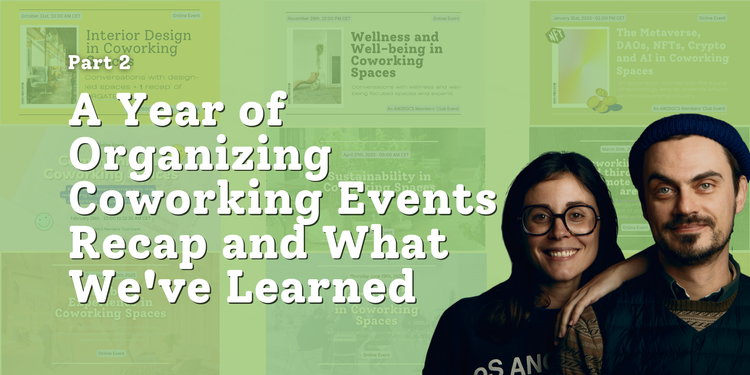




Member discussion